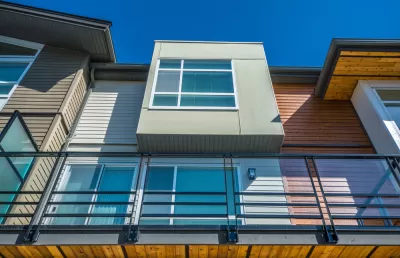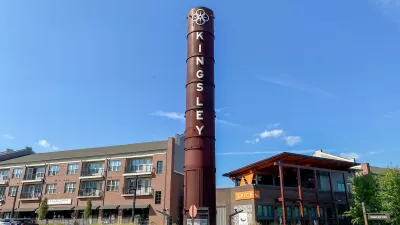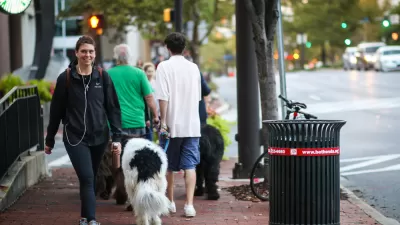Social changes in America relating to work, demographics and the family are changing the face of suburbs around the US.

Suburbs in America have become more diverse and urban and, according to an upcoming study from Demographic Strategies for Real Estate, that change is just getting started. An article by Patrick Sisson in Curbed reports, "This archetypical part of the American landscape, which has constantly been evolving, is in for some massive changes over the next decade that will reshape planning, land-use, and the real estate market." The old cliché of the lily-white suburb may need an update as increasingly American minorities and immigrants are choosing to live in them.
Sisson's article says the cause of this evolution is rooted to foundational changes in the country, "Powered by social and demographic shifts involving young workers, immigrants, working women, and retirees, suburbs will get denser, more diverse, and more urban."
While some U.S. politicians may bemoan what they see as blighted inner cities, home buyers around the country seems to see things differently. "The urban lifestyle is becoming more and more popular, so suburban towns and developers are increasingly catering those looking for a more walkable, dense community. A new supply of smaller homes with little or no yards in high-population areas will meet the demand to commute less and live closer to restaurants and entertainment." This doesn’t just mean homes with smaller footprints, it also means more shared dwellings and apartments; high-density suburbs may be yet another reason for the decline in single family homes around the U.S.
Whichever of these causes is the key driver of the change, the country is changing and the suburbs are changing with it.
FULL STORY: The new American suburb: diverse, dense, and booming

Maui's Vacation Rental Debate Turns Ugly
Verbal attacks, misinformation campaigns and fistfights plague a high-stakes debate to convert thousands of vacation rentals into long-term housing.

Planetizen Federal Action Tracker
A weekly monitor of how Trump’s orders and actions are impacting planners and planning in America.

San Francisco Suspends Traffic Calming Amidst Record Deaths
Citing “a challenging fiscal landscape,” the city will cease the program on the heels of 42 traffic deaths, including 24 pedestrians.

Adaptive Reuse Will Create Housing in a Suburban Texas Strip Mall
A developer is reimagining a strip mall property as a mixed-use complex with housing and retail.

Study: Anti-Homelessness Laws Don’t Work
Research shows that punitive measures that criminalized unhoused people don’t help reduce homelessness.

In U.S., Urban Gondolas Face Uphill Battle
Cities in Latin America and Europe have embraced aerial transitways — AKA gondolas — as sustainable, convenient urban transport, especially in tricky geographies. American cities have yet to catch up.
Urban Design for Planners 1: Software Tools
This six-course series explores essential urban design concepts using open source software and equips planners with the tools they need to participate fully in the urban design process.
Planning for Universal Design
Learn the tools for implementing Universal Design in planning regulations.
Heyer Gruel & Associates PA
JM Goldson LLC
Custer County Colorado
City of Camden Redevelopment Agency
City of Astoria
Transportation Research & Education Center (TREC) at Portland State University
Jefferson Parish Government
Camden Redevelopment Agency
City of Claremont




























